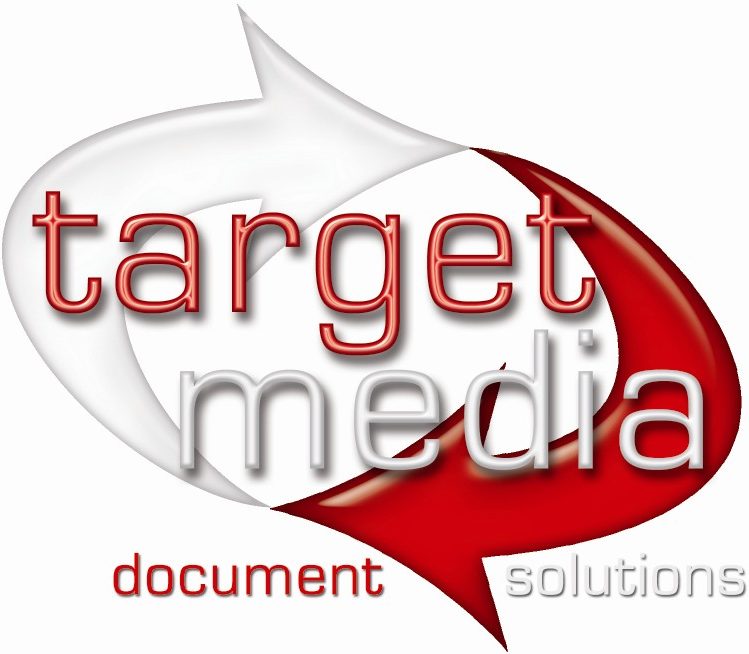Document imaging is the conversion of paper documents into digital images on your computer. Once converted, these documents can be retrieved effortlessly in seconds.
Every organization generates large amounts of paper and electronic documents. We have all developed our own ways to store important files, yet things continue to get misplaced. Everyone knows the frustration of not being able to find a file right when we need it most. Traditional methods of storing paper and electronic records require a great deal of effort to manage, distribute and find those documents. As the number of files grows, the time and effort required to manage them also increases.
Document imaging has revolutionized the archival of information and provides the means to rapidly find, retrieve and share all documents in your system. Just as the Internet has boomed in popularity because of the fast access it provides to vast amounts of information, document imaging provides tremendous value due to the fast access it provides to information stored within an organization’s documents.
Document imaging builds on the strong points of paper documents: Files are scanned and the images are stored on a hard drive or optical disk. Electronic “index” can attach information to a document such as author, reference number or even the full text of the document. Files can still be viewed, printed, shared by email and stored, but imaging adds an enormous advantage by giving documents active content.
No longer just ink on a page, the documents’ text can now be “read” by Optical Character Recognition (OCR) technology allowing you to retrieve files by searching for any word or phrase in the text, by folder location or by “index” information.
